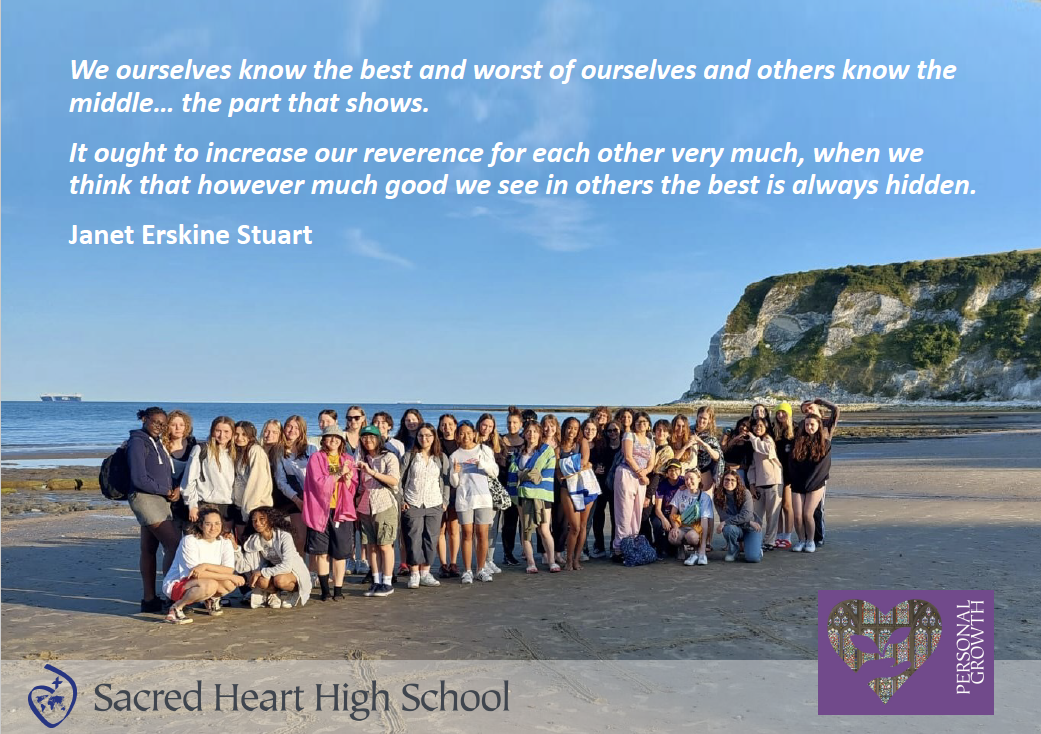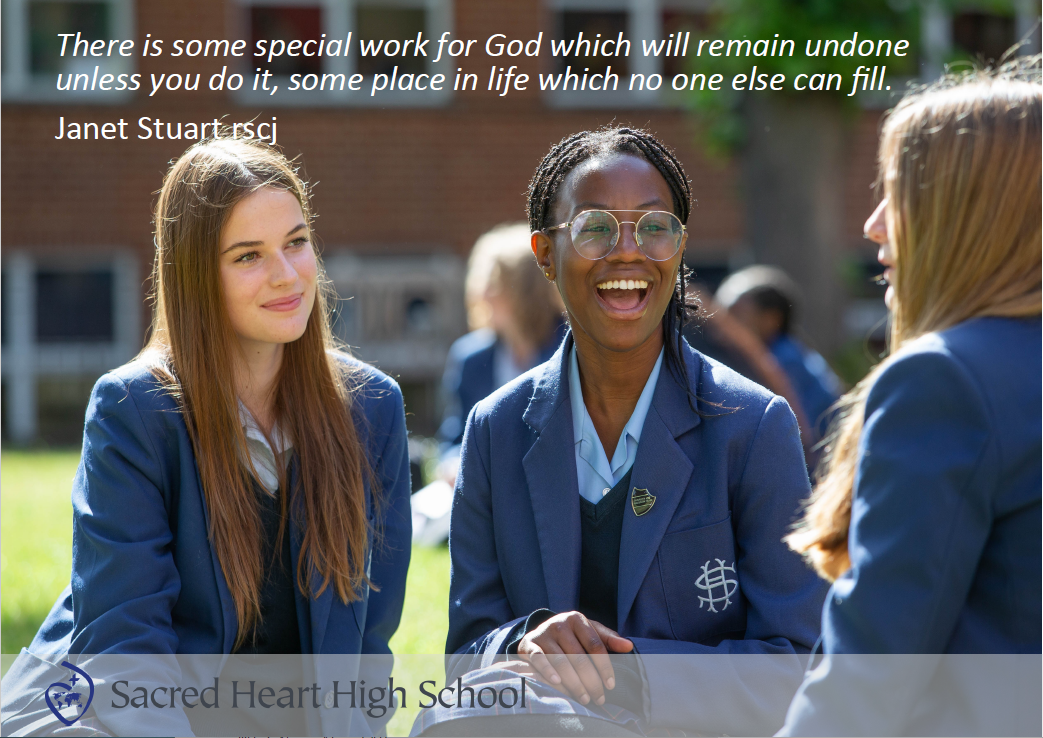What makes Sacred Heart remarkable? (includes video)
We know that there are many great schools and many great educators. We do not claim to be the only exceptional school, but Sacred Heart schools across the world adopt a particular philosophy of education which you can read about below. This is unique to Sacred Heart Schools and is remarkable.
Our school in Hammersmith is also the custodian of a historically significant site and buildings; you can have a look inside by watching our video. The history of our site, from 1669 to the present day, is recorded in the book 'The Nunnery at Hammersmith', available to purchase here.
The Philosophy of Sacred Heart Education
Context
'Sacred Heart schools' are schools set up by the Society of the Sacred Heart. There are currently 155 Sacred Heart schools across the world that form a global network. In the English network, we are one of five schools and one college founded by the Society - but we feel blessed that ours is the only school in England where the Society of the Sacred Heart still retains direct trusteeship. The commentary below explains the philosophy of Sacred Heart Education and how it evolved.
Madeleine Sophie Barat
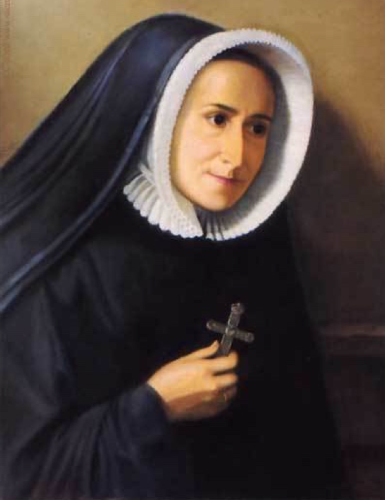 St Madeleine Sophie Barat
St Madeleine Sophie Barat
The founder of the Society, St Madeleine Sophie Barat (1779-1865) lived in France. Her family home was in Joigny, just outside Paris and Sophie would have been acutely aware of the violence of the French Revolution that occurred during her teenage years. Around this time, devotion to the Sacred Heart of Jesus was gaining momentum within the Catholic Church.
It was unusual for girls at that time to receive an education, but Sophie was tutored by her devout brother in Latin, Greek, history, natural science, Spanish and Italian.
One of the remarkable aspects of Madeleine Sophie’s life was how (at a young age) she recognised education as a tool to facilitate a better understanding of the world and to feed a better understanding of oneself. She was empowered to reflect on her own personal value system. She vowed to devote her life to communicating the love and kindness of the Sacred Heart of Jesus throughout the world.
Sophie had great determination but also humility. She saw first-hand the importance of individual critical thinking and the need for young people to be recognised as individuals and nurtured in their own unique path to personal growth.
The Society of the Sacred Heart
At the age of 21, and with the support of French priests like Père Varin, Sophie set up the Society of the Sacred Heart with a single goal - to communicate the love of the heart of Jesus. She believed that through a personal relationship with God, people can find their true growth as individuals, and the way towards reconciliation with one another. In essence, an internal process of self-reflection and an outward-looking process of social awareness, understanding, respect and the building of community for a better world.
The setting up of schools to educate young women was seen as an important component of the Society’s work to achieve its goal. Sophie wanted her students to discover the significance of their lives and to devote themselves to others; to take part actively and creatively in the common effort to transform the world into a better place; and to let their lives be shaped by an active faith.
Madeleine Sophie saw relationships between staff and students as central to her educational mission 'because through the dynamic of mutual respect, one experiences being honoured as a human being in whom the Spirit dwells'.
Sophie worked closely with her intrepid friend, Philippine Duchesne (1769-1852), who travelled across the Atlantic to set up a Sacred Heart foundation and schools in America; and with Mabel Digby (1835-1911), the first English Superior General of the Society, who was responsible for the relocation of 2,500 Sacred Heart sisters from France to new foundations across the world, as France moved to secularisation. They inspired later sisters such as Janet Erskine Stuart (1857-1914), the great educator, who developed Sophie’s educational philosophy further and trained teachers in Sacred Heart schools across the world. During her own time as Superior General, Mother Stuart visited every Sacred Heart community internationally.
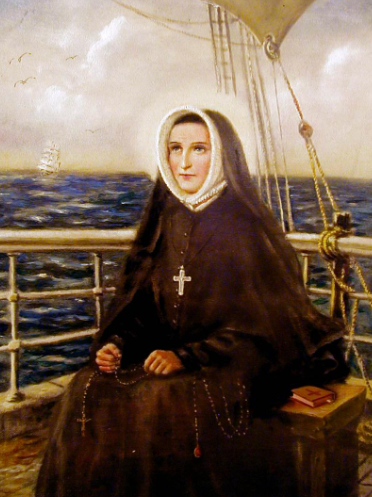 St Philippine Duchesne travelling to America.
St Philippine Duchesne travelling to America.
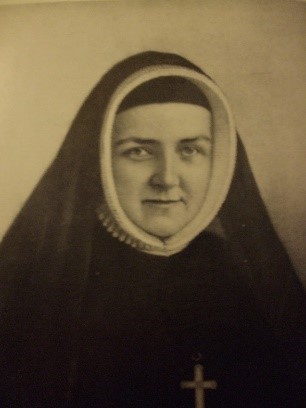 Mabel Digby RSCJ (Superior General 1895- 1911).
Mabel Digby RSCJ (Superior General 1895- 1911).
 Janet Erskine Stuart RSCJ (Superior General 1911-1914).
Janet Erskine Stuart RSCJ (Superior General 1911-1914).
It was Mabel Digby who purchased our site here in Hammersmith and who came in on that first day with her broom to start cleaning up ready to open the school. Janet Erskine Stuart visited us several times to conduct lesson observations here as part of staff training.
The Five Goals of Sacred Heart Education
 Sacred Heart High School, Hammermsith.
Sacred Heart High School, Hammermsith.
Sophie’s educational philosophy (developed through Janet’s staff training) eventually led to the creation in the 1970s of the five Goals of Sacred Heart education, with the intention that these be followed by Sacred Heart students across the world.
These still form the bedrock of Sacred Heart education today.
- A personal and active faith in God.
- A deep respect for intellectual values.
- A social awareness that impels to action.
- The building of community as a Christian value.
- Personal growth in an atmosphere of wise freedom.
Janet Erskine Stuart's inspirational teachings are also central to school life, as can be seen within our Janet Stuart Wellbeing Centre below and in images across the school.
The Importance of Sacred Heart Education
The mission of the Society of the Sacred Heart lives on today, in 41 countries on five continents. In England and Wales, the Society supports the schools and college through their educational network. In Hammersmith, the Society is responsible for the Academy Trust Company and oversees the work of the school governors. Our Foundation Governors work alongside the sisters as mission partners, together with our staff who are offered training on what it means to be a Sacred Heart educator.
We value the importance of each student as an individual. We help them recognise the importance of intellect; to value their own personal growth; to recognise the value of being socially aware and to have an active purpose to help others; to build community and understanding across the world; and to value an active faith.
Janet Erskine Stuart once said that students would not leave her schools fully formed, but her aim was to set them on a path. They should leave as individuals who are ‘seriously begun’ and who can then flourish through their later lives, with faith and readiness to contribute meaningfully to society.




